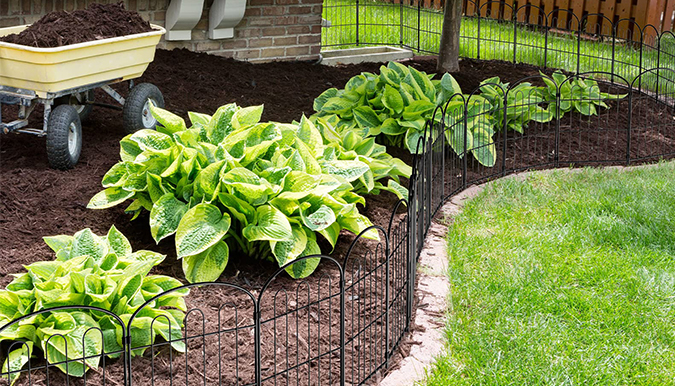installing barbed wire
12 月 . 10, 2024 13:11
Installing Barbed Wire A Comprehensive Guide
Barbed wire, often regarded as a symbol of boundaries and security, has served a multitude of purposes since its invention in the 19th century. Whether it's for keeping livestock contained, securing private property, or establishing clear demarcations in agricultural lands, barbed wire has proven itself to be an effective solution. This article will provide a detailed guide on how to install barbed wire effectively, ensuring maximum durability and effectiveness.
Materials Needed
Before you begin the installation process, it's essential to gather the necessary materials. Here’s a list of what you’ll need
1. Barbed Wire Available in various gauges and types, ensure you choose the right strength and length suitable for your project. 2. Fence Posts Typically made of wood, metal, or concrete, these posts will serve as the backbone of your barrier. 3. Wire Stretchers This tool helps to pull the barbed wire taut, ensuring it is properly tensioned. 4. Fencing Stapler or Wire Ties These are used to secure the wire to the posts. 5. Post Hole Digger Essential for digging holes for your fence posts. 6. Level To ensure that your posts are straight, which is critical for the integrity of the fence. 7. Gloves Safety should always come first; barbed wire can be sharp and hazardous. 8. Eye Protection To shield your eyes from debris during installation.
Step-by-Step Installation Process
1. Planning and Measuring Begin by measuring the area you wish to fence off. Determine how many fence posts you'll need based on the length of the barbed wire. A general rule of thumb is to place posts every 10 to 12 feet, although this can vary based on the terrain and desired strength of the fence.
2. Choosing the Right Location for Posts Select your post locations carefully. Avoid areas with too much vegetation or rocky soil, as these can complicate digging and may affect the stability of the fence.
3. Digging Post Holes Use your post hole digger to create holes for the fence posts. Each hole should be about one-third the height of the post in depth to ensure a secure foundation. For a standard post height of 6 feet, aim for holes approximately 2 feet deep.
installing barbed wire

4. Setting the Fence Posts Place each post into its respective hole. Use a level to ensure each post is straight. Once level, backfill the hole with soil or concrete to secure the post in place. Allow concrete to cure as per the manufacturer's instructions, usually around 24-48 hours.
5. Attaching the Barbed Wire Once your posts are set, it’s time to attach the barbed wire. Start at one end and work towards the other. Use your wire stretcher to pull the wire tight, then secure it to the posts using a fencing stapler or wire ties. It’s important to keep the wire taut to prevent sagging over time, which can compromise the fence's integrity.
6. Adding Tension After attaching the wire, you may need to add additional tension. This can be done by carefully re-adjusting the tension on the wire stretcher and securing it once more. Check for sagging and make necessary adjustments to ensure a straight line.
7. Finishing Touches Once all strands of barbed wire are installed, trim any excess wire. It's also advisable to walk along the fence line to check for any sharp edges or hazards that may need attention to ensure safety.
Maintenance
Regular maintenance of your barbed wire fence is crucial to prolong its lifespan. Inspect the fence periodically for any signs of wear, damage, or sagging. Tighten any loose sections, replace broken posts, and remove any vegetation that may interfere with the structure.
Conclusion
Installing barbed wire can be a straightforward task when approached systematically. With the right materials and careful execution, you can create a strong, durable fence that will serve its purpose for years to come. Whether for agricultural use, security, or property demarcation, a well-installed barbed wire fence offers peace of mind and efficiency. Remember, safety is paramount; always wear protective gear during installation and follow local regulations regarding fencing. With these guidelines in mind, you’re well on your way to successfully installing barbed wire.




















